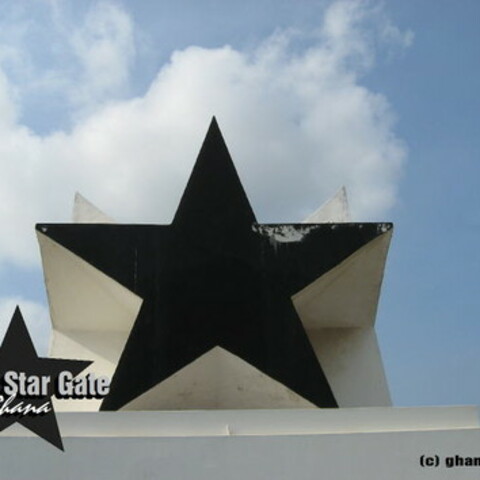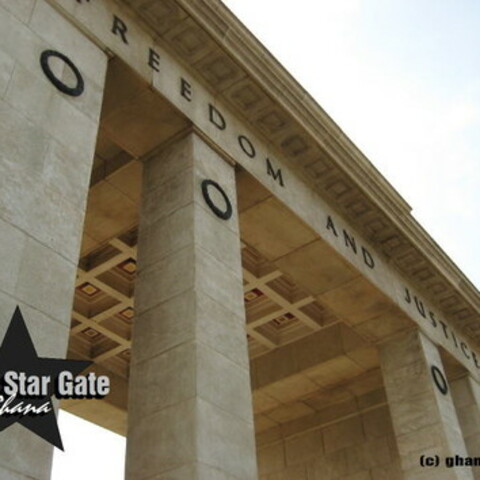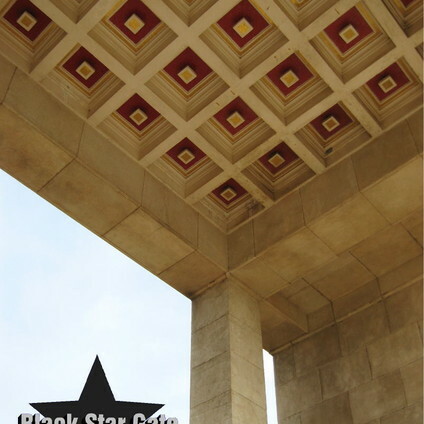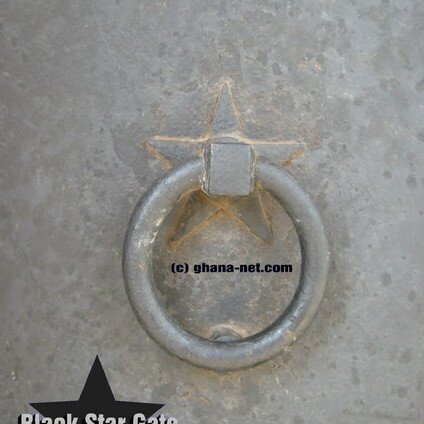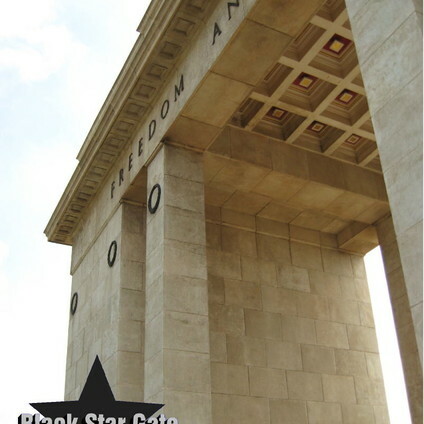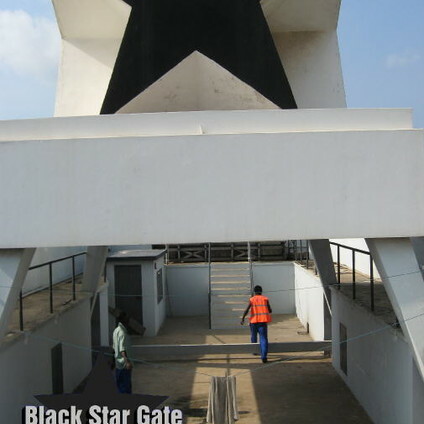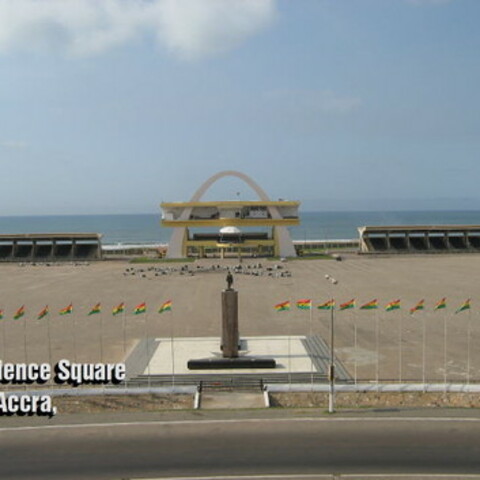Black Star Gate in Accra: Symbol of Ghana’s Independence and African Unity
The inception of the gate was championed by Kwame Nkrumah, who was Ghana's first Prime Minister and later ascended to the role of President. He envisioned the Black Star Gate as a cornerstone of national pride, designed to embody and represent Ghana's fresh identity as an independent nation. Ghana etched its name in history as the pioneering country in sub-Saharan Africa to achieve independence from colonial dominance on March 6, 1957, marking the end of many years of British control. In the wake of this monumental achievement, the Black Star Gate, alongside the Independence Arch and the Liberation Day Monument, was constructed shortly after the country gained its independence. Together, they celebrate Ghana's remarkable journey towards self-determination and reflect the hopes and aspirations of its people during this transformative time in history.
The design of the Black Star Gate is deeply symbolic. At the top of the monument stands a single black five-pointed star, from which it takes its name. This star is a powerful emblem of African emancipation and unity. Often referred to as the “Lone Star of African Freedom,” the black star represents Ghana's role as a trailblazer in Africa’s independence movement and as a beacon of hope for other African nations still under colonial rule at the time.
Beneath the star is the inscription “AD 1957”, marking the year of Ghana’s independence, and just below that, the powerful phrase: “Freedom and Justice.” This motto encapsulates the core values upon which the new nation was founded, echoing Nkrumah’s Pan-Africanist ideals and commitment to democratic governance.
The gate’s architecture reflects a blend of modernist and monumental design, emphasizing strength, clarity, and permanence. It serves as a ceremonial gateway, often used during national parades, state visits, and important national holidays such as Independence Day and Republic Day. The surrounding Independence Square can accommodate tens of thousands of people and has hosted numerous significant events in Ghana’s political history, including military parades, civic celebrations, and political rallies.
Historically, the construction of the Black Star Gate was part of a broader national effort by Nkrumah to build symbols of African pride and self-determination. It also aligned with his broader architectural vision for Accra, where monumental structures would inspire patriotism and reflect Ghana’s place on the world stage as a leader of African liberation. Nkrumah believed that physical monuments could shape national identity and collective memory, and the Black Star Gate became one of the most enduring symbols of this vision.
Over the decades, the Black Star Gate has remained a focal point of Ghanaian national pride and continues to attract both locals and international visitors. It is not just a tourist attraction but a place where Ghanaians gather to celebrate, to reflect, and to remember the struggles and triumphs of their national journey. The monument is also featured on various national symbols, including currency and official imagery, further reinforcing its importance.
In contemporary Ghana, the Black Star Gate remains a powerful reminder of the country’s pioneering role in Africa’s post-colonial transformation. It stands not only as a gateway in a literal sense but as a gateway to freedom, unity, and self-determination—ideals that continue to shape Ghana’s national identity today.
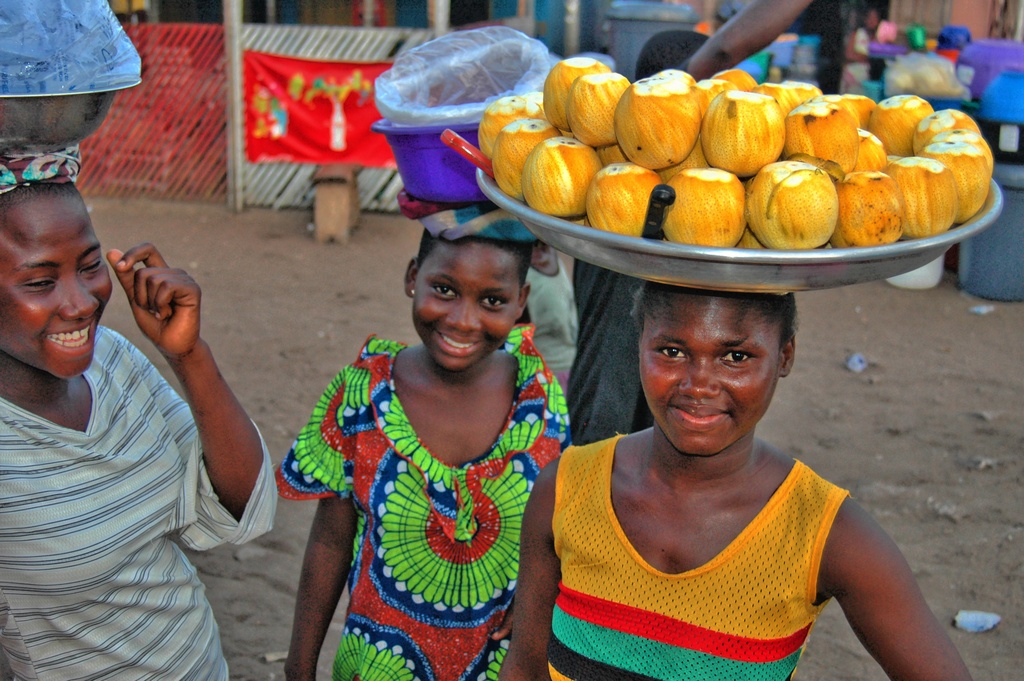
3 girls selling fruits and food at the road side. (c) Strictly by Remo Kurka (photography)
